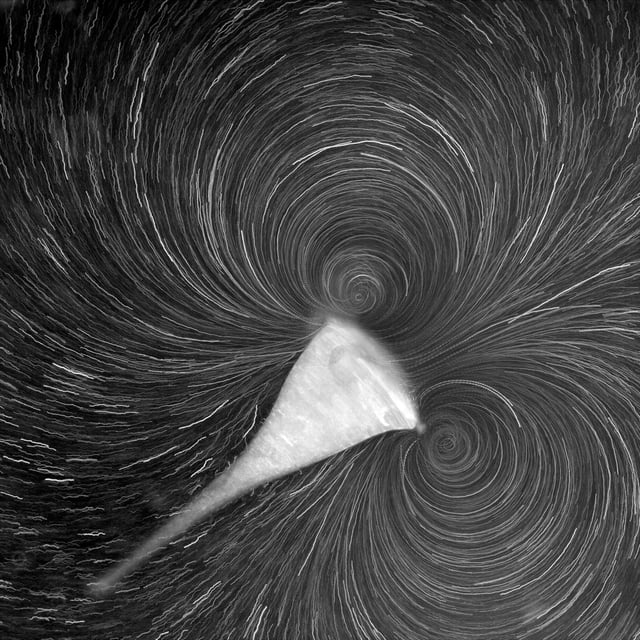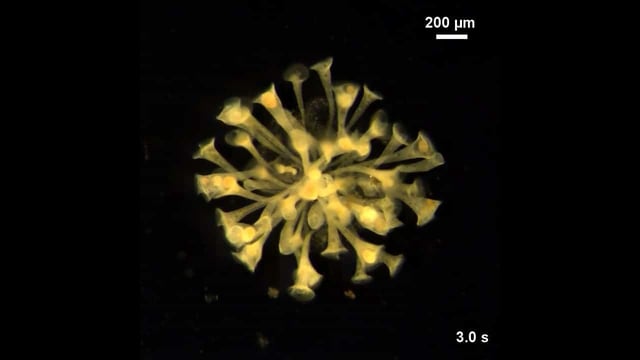Overview
- Scientists identified cooperative feeding behaviors in the unicellular Stentor coeruleus as a potential driver of early multicellularity.
- Stentor colonies enhance feeding efficiency through fluid dynamics, doubling water intake compared to individual efforts.
- The colonies are ephemeral, dispersing when food becomes scarce, reflecting an early, transient stage of multicellular evolution.
- Unlike other models of early multicellularity, Stentor colonies consist of genetically distinct individuals, suggesting an earlier evolutionary stage.
- Mathematical modeling revealed dynamic partner switching within colonies, optimizing feeding efficiency for all members.

